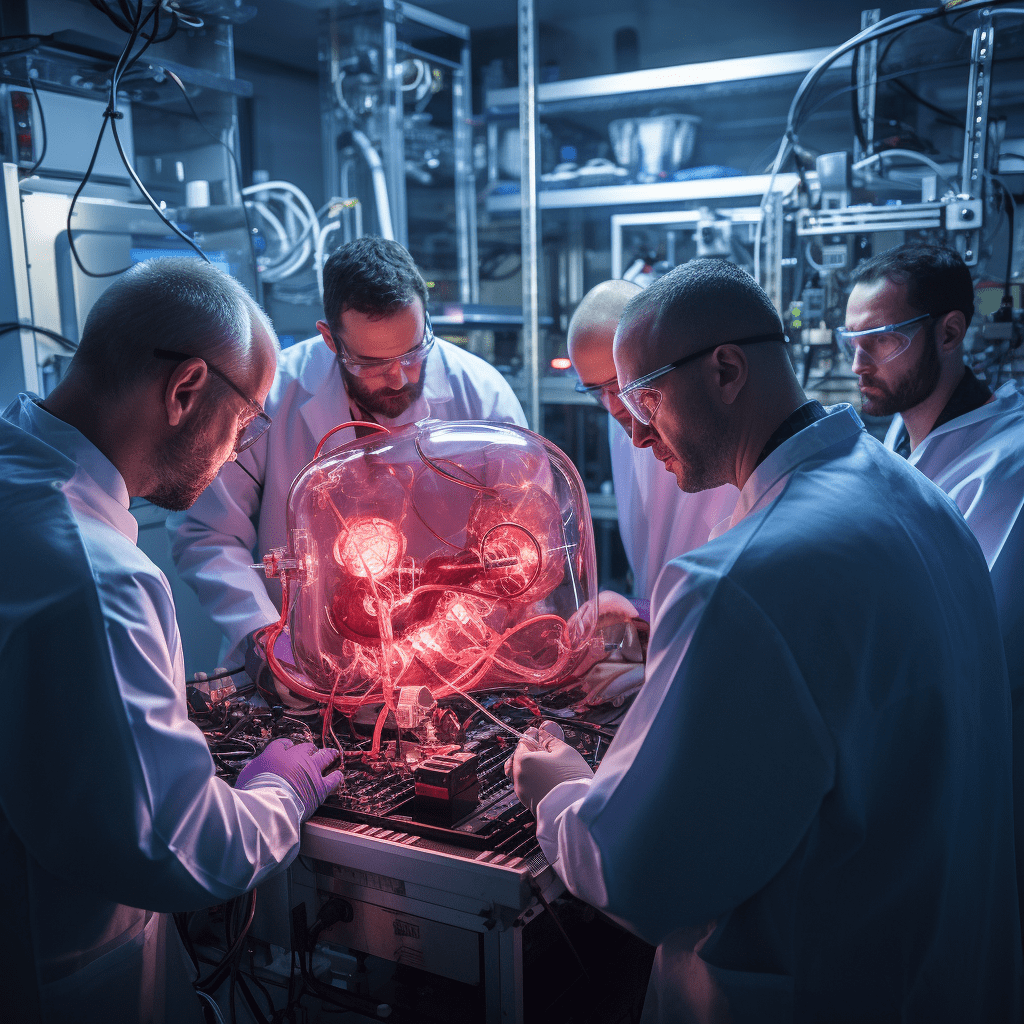In the relentless pursuit of medical advancement, scientists have often sought to bridge the gap between science fiction and reality. A significant stride was made in 2008 when a team of scientists at the University of Minnesota accomplished a feat straight out of a science-fiction novel: they grew a beating rat heart in a laboratory setting. This seminal work in bio-engineering marked a landmark moment in scientific history, paving the way for potential breakthroughs in the future of organ transplants.
The Miracle of Decellularization
The primary technique employed in this project was decellularization, an innovative method used to create a natural scaffold or ‘ghost organ’ from existing tissues or organs. By removing all the cells from a rat heart, scientists were left with a matrix of proteins that retained the original heart’s structure.
Using this protein matrix as a base, the team proceeded to recolonize it with new heart cells. Freshly obtained from neonatal and newborn rats, these cells were introduced to the decellularized heart matrix through the major vessels. The heart was then placed in a bioreactor that mimicked the rat’s body conditions, stimulating the cells to grow and multiply.
From Static Scaffold to Beating Heart
After eight days of nurturing in the bioreactor, the unthinkable occurred. The bio-engineered heart began to contract at a rate of 40-50 beats per minute – a sight that signified the successful recreation of the organ’s primary function. The result was a culmination of meticulous planning, rigorous experimentation, and constant fine-tuning of the process.
The Future of Organ Transplants
The success of this project has profound implications for the future of organ transplants. As organ shortages are a critical issue worldwide, the ability to grow functional organs in a lab could potentially revolutionize transplant medicine and save countless lives. Furthermore, because these bio-engineered organs could be grown from the recipient’s cells, they would drastically reduce the risk of organ rejection, a common complication in transplant surgeries.
In the Final Analysis
While the dream of a readily available supply of lab-grown organs for transplant is still some way off, the achievement of the University of Minnesota’s scientists serves as a beacon of hope. Their work is a powerful demonstration of the potential of bio-engineering, bringing us one step closer to the ultimate goal of creating fully functional, transplantable human organs in the lab. The journey towards this goal is undeniably challenging and fraught with obstacles, but as this project shows, it is a journey worth undertaking.

